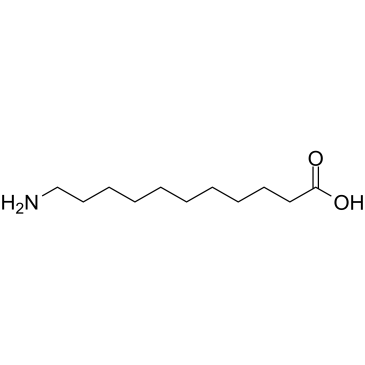Biocompatibility of Fe(3)O(4) nanoparticles evaluated by in vitro cytotoxicity assays using normal, glia and breast cancer cells.
B Ankamwar, T C Lai, J H Huang, R S Liu, M Hsiao, C H Chen, Y K Hwu
Index: Nanotechnology 21 , 75102, (2010)
Full Text: HTML
Abstract
In order to reveal the biocompatibility of Fe(3)O(4) nanoparticles and bipolar surfactant tetramethylammonium 11-aminoundecanoate cytotoxicity tests were performed as a function of concentration from low (0.1 microg ml(-1)) to higher concentration (100 microg ml(-1)) using various human glia, human breast cancer and normal cell lines. Cytotoxicity tests for human glia (D54MG, G9T, SF126, U87, U251, U373), human breast cancer (MB157, SKBR3, T47D) and normal (H184B5F5/M10, WI-38, SVGp12) cell lines exhibited almost nontoxicity and reveal biocompatibility of Fe(3)O(4) nanoparticles in the concentration range of 0.1-10 microg ml(-1), while accountable cytotoxicity can be seen at 100 microg ml(-1). The results of our studies suggest that Fe(3)O(4) nanoparticles coated with bipolar surfactant tetramethylammonium 11-aminoundecanoate are biocompatible and promising for bio-applications such as drug delivery, magnetic resonance imaging and magnetic hyperthermia.
Related Compounds
| Structure | Name/CAS No. | Molecular Formula | Articles |
|---|---|---|---|
 |
11-Aminoundecanoic acid
CAS:2432-99-7 |
C11H23NO2 |
|
Advanced material and approach for metal ions removal from a...
2015-01-01 [Sci. Rep. 5 , 8992, (2015)] |
|
Development of 68Ga-labeled fatty acids for their potential ...
2014-06-15 [J. Labelled Comp. Radiopharm. 57(7) , 463-9, (2014)] |
|
11-Aminoundecanoic acid.
1986-01-01 [IARC Monogr. Eval. Carcinog. Risk Chem. Hum. 39 , 239-45, (1986)] |
|
Tailoring aqueous solubility of functionalized single-wall c...
2005-10-01 [Nano Lett. 5(10) , 2001-4, (2005)] |
|
Hydrolytic degradation study of biodegradable polyesteramide...
2004-05-01 [Biomaterials 25(11) , 1975-81, (2004)] |